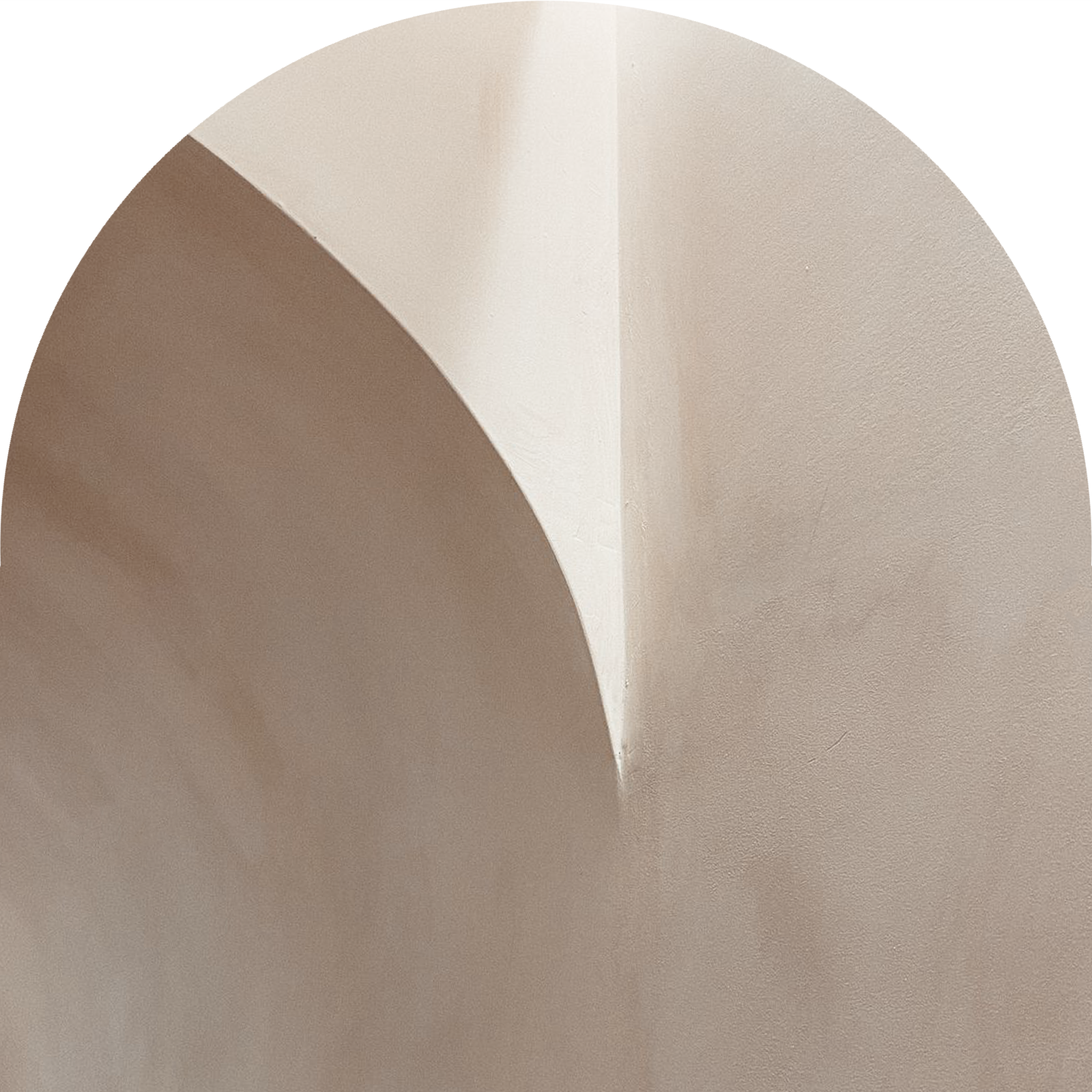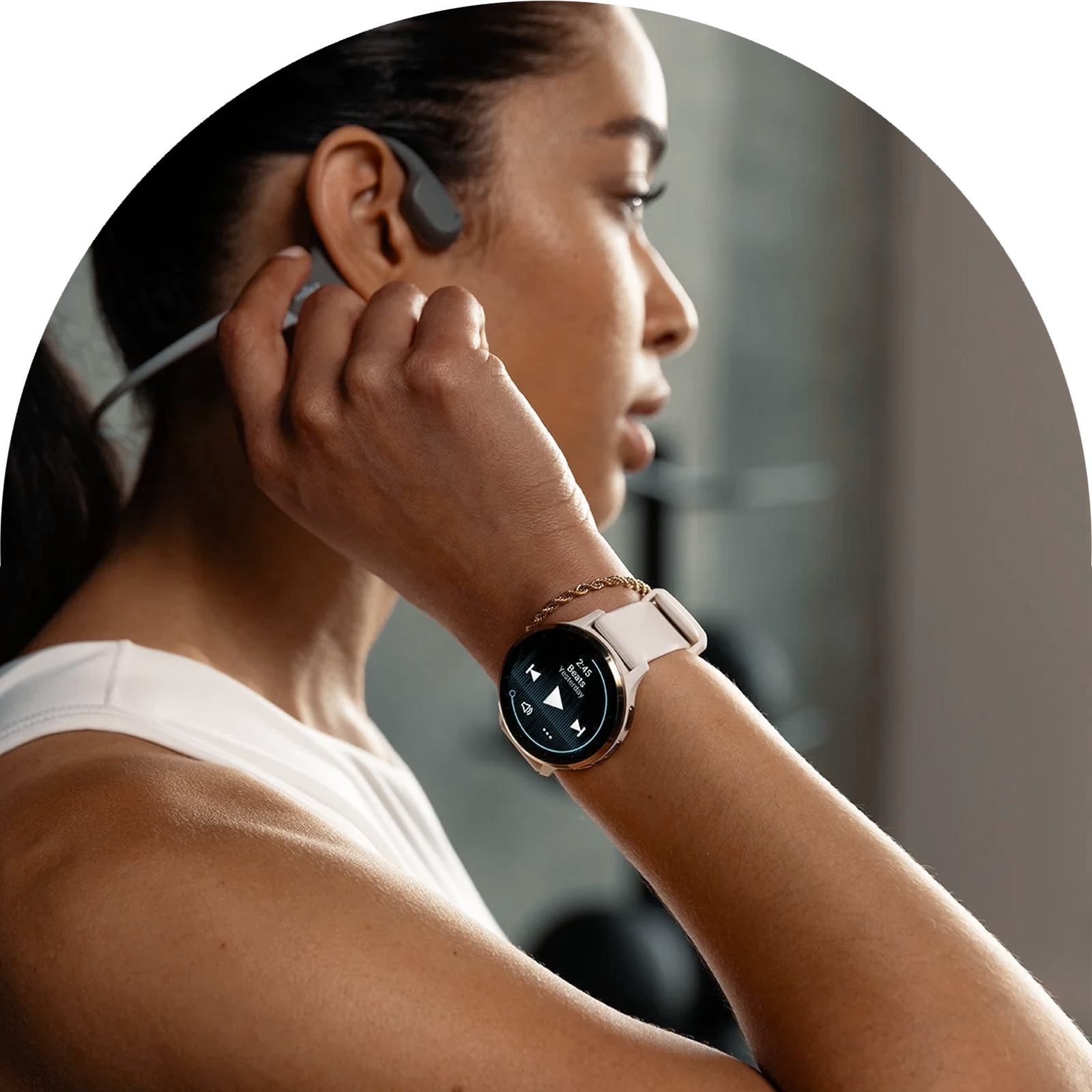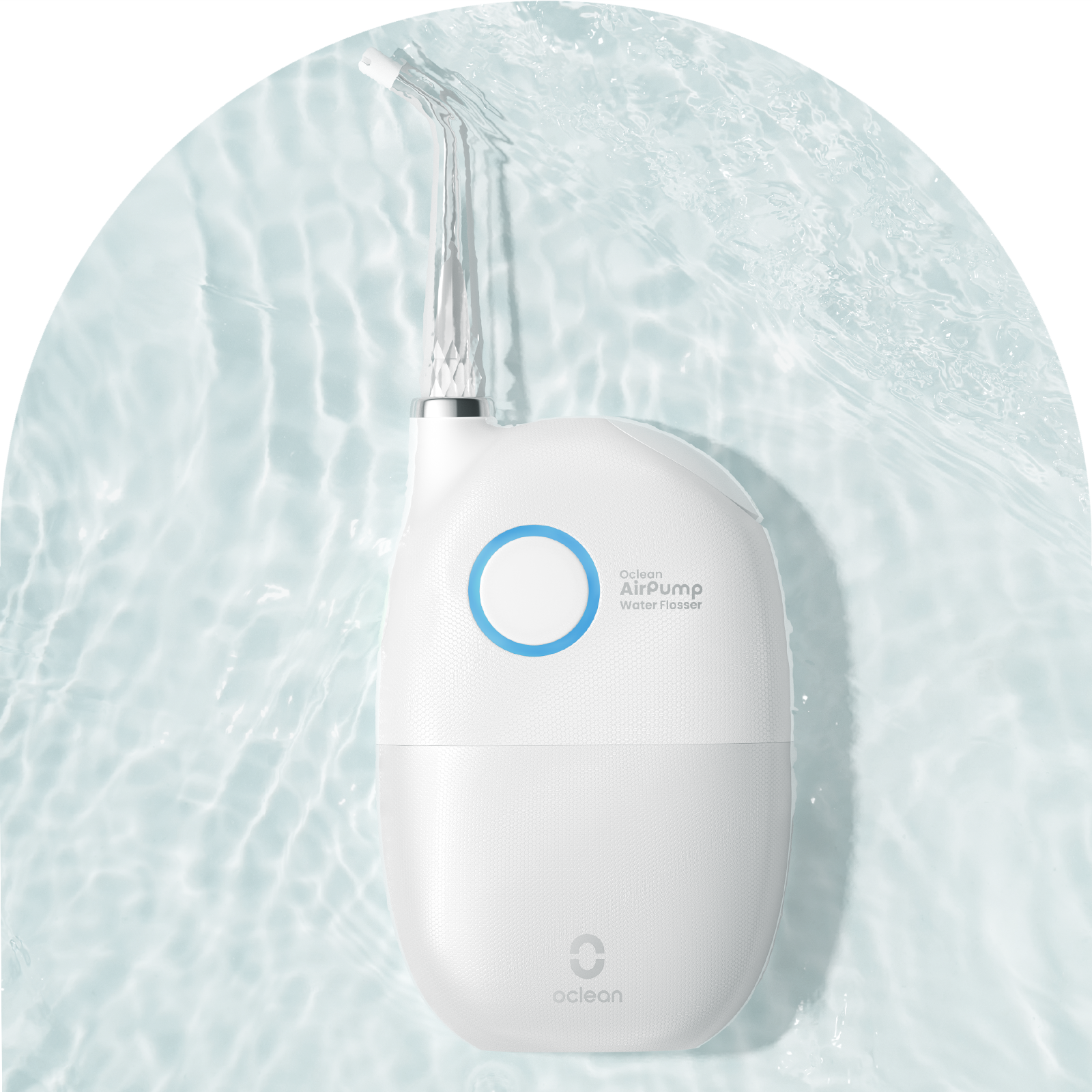Article: Why Baby Teeth Matter More Than You Think
Why Baby Teeth Matter More Than You Think
They may be temporary, but baby teeth play a permanent role in your child’s development. Often overlooked as “just a phase” before the tooth fairy arrives, primary teeth are actually vital for more than just cute smiles—they’re essential for healthy growth, development, and confidence.
At Arch Dentistry, we believe in early intervention, prevention, and education. Helping your child develop good oral hygiene habits from the start sets the tone for a lifetime of healthy smiles.
The Big Role of Little Teeth
Primary (baby) teeth aren’t just placeholders. Each one has a purpose, and losing them too early—whether from decay or trauma—can have a lasting impact on your child’s oral health. Here’s why those tiny teeth matter:
1. Proper Chewing and Nutrition
Healthy baby teeth help your child chew food properly, making mealtimes more enjoyable and encouraging balanced nutrition. When decay causes discomfort, children often avoid certain foods, which can impact their diet and development.
2. Space Holders for Permanent Teeth
Baby teeth maintain the space for developing adult teeth and guide them into their correct positions. If primary teeth are lost prematurely, the surrounding teeth can shift, leading to crowding and misalignment. This may result in the need for more complex orthodontic treatment later on.
3. Speech Development
Your child’s ability to form words and sounds depends on the presence and positioning of their teeth. Early tooth loss can interfere with speech patterns, potentially impacting communication skills and confidence.
4. Jaw and Facial Growth
Chewing and biting stimulate proper jaw development and muscle coordination. Primary teeth play a crucial role in shaping your child’s face and supporting healthy bone growth.
How You Can Care for Your Child’s Teeth
Good oral health begins at home—and the earlier, the better. Here are some practical ways to build healthy habits from day one:
Start Early
Even before the first tooth erupts, gently clean your baby’s gums with a clean, damp cloth. Once the first tooth appears, switch to a soft infant toothbrush and brush twice daily.
Lead by Example
Children learn by watching. Brush your own teeth alongside your child and make it a fun, shared routine. Encourage your little one to mimic your movements with their own toothbrush.
Introduce Toothpaste Gradually
When your child learns to spit, you can begin using a small, age-appropriate amount of fluoride toothpaste. Fluoride helps protect against decay and strengthens enamel.
Make It Fun
Let your child choose their own toothbrush. Use music, apps, or rewards to make brushing a positive experience. Turn it into a routine they look forward to, not a chore.
Don’t Skip the Floss
Flossing may feel like a challenge, but it’s important—especially once teeth start touching. Floss picks can be easier to manage than regular floss, particularly for little hands and tight spaces.
Brush Twice Daily
Ensure your child brushes after breakfast and again before bedtime. Supervise brushing until they’re old enough to do it effectively on their own—typically around age 7 or 8.
The First Dental Visit
We recommend scheduling your child’s first dental visit around age two. Early visits help create a positive association with the dental environment and allow your child to build trust with their dentist. This relationship is key in reducing anxiety and improving cooperation during future treatments, if needed.
Regular check-ups also allow for early detection of any issues, which means less invasive treatment and better outcomes. Small cavities can often be managed with simple restorations—but when left untreated, they may progress to the point of needing extractions.
The Long-Term Impact
The habits you establish now lay the foundation for lifelong oral health. By prioritising care of the primary dentition, you’re investing in the health, confidence, and quality of life of your child’s future self.
Because at the end of the day, every child deserves a healthy, functional smile—one they can wear with pride.






